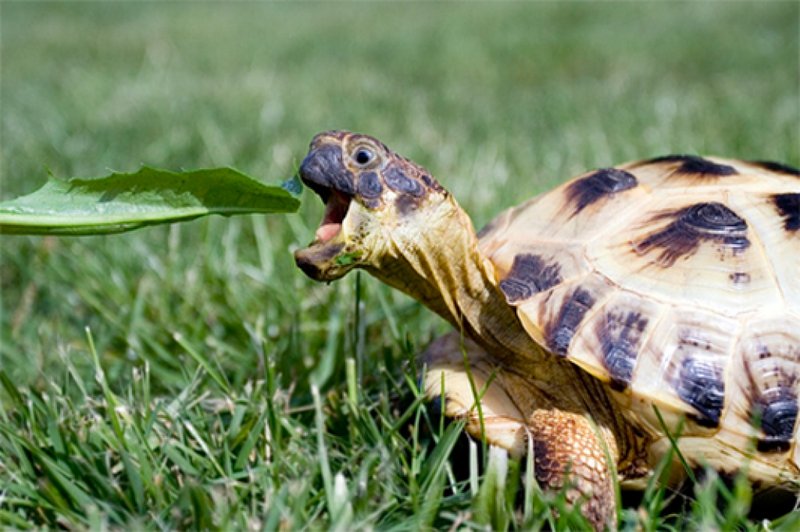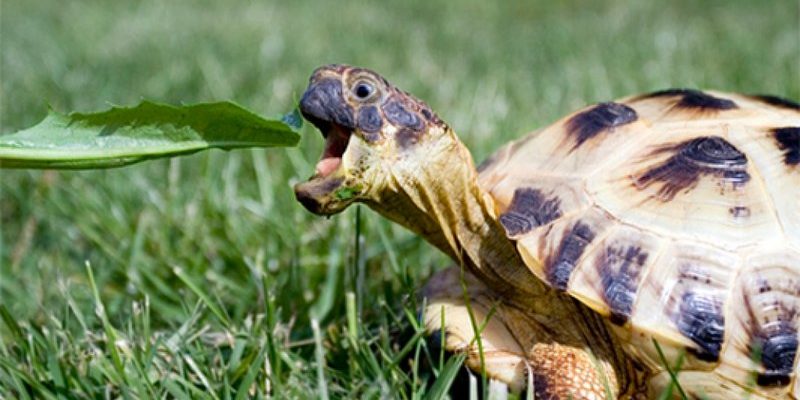
Think of adding a Russian tortoise to your family like welcoming a quirky roommate into your home. Sure, they have some specific needs and personalities, but once you get to know them, they can be a delightful addition. In this guide, we’ll dive deep into everything you need to know about whether a Russian tortoise is suitable for beginners.
What Makes Russian Tortoises Unique?
Russian tortoises, or *Testudo horsfieldii*, are small land tortoises native to the steppes of Central Asia. They’re known for their distinctive domed shells and can grow to about 6 to 10 inches in length. One of the standout features of these tortoises is their adaptability; they can thrive in various environments, from arid deserts to lush gardens. Their calm demeanor also makes them appealing as pets.
When it comes to temperament, these tortoises are often friendly and curious. They love to explore their surroundings, and you can often find them digging around in their habitat. Imagine your pet tortoise as a tiny explorer, always ready to check out what’s hidden beneath the substrate of their enclosure. This inquisitive nature makes them engaging companions for those willing to put in a little time and effort.
Are Russian Tortoises Easy to Care For?
Now, here’s the thing. While Russian tortoises can be great pets for beginners, they do have specific care requirements that you need to consider. They’re not as low-maintenance as some people think. For example, they need a proper diet, a suitable habitat, and regular health check-ups.
Their diet should consist mainly of leafy greens, vegetables, and occasional fruits. You’ll want to avoid high-protein foods, as these can lead to health issues. Think of it this way: feeding your tortoise is similar to planning a balanced meal for yourself. It may require some research and effort at first, but once you find the right balance, it gets easier.
Additionally, you’ll need to provide a habitat that mimics their natural environment. A spacious enclosure with a temperature gradient, hiding spots, and appropriate lighting is essential. Setting up their home might take some effort upfront, but it will pay off once your tortoise settles in.
The Importance of Proper Habitat Setup
Creating a comfortable habitat for your Russian tortoise is crucial. They thrive in a warm environment, so you need to maintain a temperature of around 75 to 85°F (24 to 29°C) on one side of their enclosure and a basking spot that reaches 95°F (35°C). This temperature range helps them regulate their body heat, similar to how you would use a heating pad on a cold day.
You can use a large terrarium or a custom-built enclosure made from wood or plastic. Make sure to include:
- A hiding space: Tortoises need a place to retreat and feel safe.
- Substrate: Use something like coconut coir or soil that allows them to burrow.
- Water dish: Ensure they have access to clean, fresh water at all times.
Maintaining the humidity level is also essential, as it helps with their overall health. You may want to mist the enclosure periodically to keep things balanced.
Understanding Their Lifespan
One of the exciting aspects of owning a Russian tortoise is their lifespan. With proper care, they can live for 40 years or even longer. That’s like having a tortoise companion grow old with you! However, it’s important to think about the long-term commitment involved.
Before deciding to bring one home, consider the following:
– Space Needs: As they grow, they’ll need more room. Adult tortoises typically need enclosures of at least 4 feet by 2 feet.
– Health Care: Just like any pet, regular veterinary check-ups are important. It’s best to find a vet who specializes in reptiles.
– Life Changes: Be prepared for life’s changes and how they might affect your tortoise’s care.
Owning a Russian tortoise is a long-term adventure. If you’re ready for that commitment, they can be fantastic companions.
Common Health Issues
Even though Russian tortoises are generally hardy, they can face some health issues. Knowing what to watch for is essential. Here are a few common concerns:
- Respiratory Infections: These can occur if the tortoise is kept in a humid environment or exposed to cold drafts.
- Shell Problems: Keep an eye on their shell for any cracks or soft spots, as this can signify nutritional deficiencies.
- Digestive Issues: A poor diet can lead to constipation or other digestive problems.
You might be wondering how you can tell if your tortoise is unwell. Look for signs like lack of appetite, lethargy, or unusual behavior. Quick intervention can make all the difference.
Socializing with Your Russian Tortoise
While Russian tortoises aren’t typically cuddly like dogs or cats, they can enjoy some interaction. They might not come running when you call their name, but that doesn’t mean they can’t bond with you.
Spend some time each day observing them and interacting gently. If you offer food by hand, they can learn to associate you with something positive. Think of it like building a friendship: the more time you spend together, the closer the bond can become. Just be patient; they might not show affection the same way other pets do, but their curious little personalities can bring joy to your life.
Final Thoughts: Is a Russian Tortoise Right for You?
Deciding whether a Russian tortoise is a good fit for you ultimately comes down to your readiness to care for them. They can indeed be a great choice for beginners, provided you’re willing to invest time and effort into their care and habitat.
If you’re looking for a unique pet that can be both engaging and low-key, a Russian tortoise might be what you need. Just remember, like any relationship, it requires commitment and understanding. If you think you’re up for the adventure, a Russian tortoise can be a delightful companion for many years to come.

